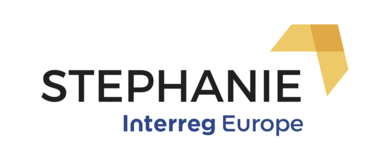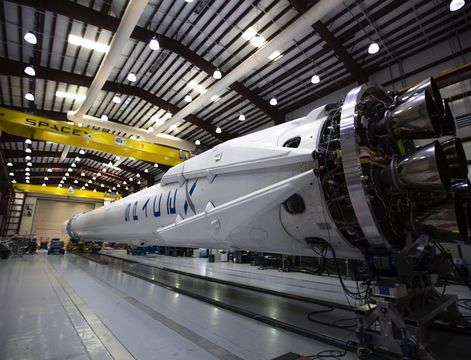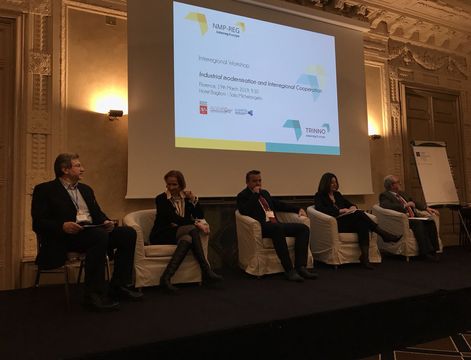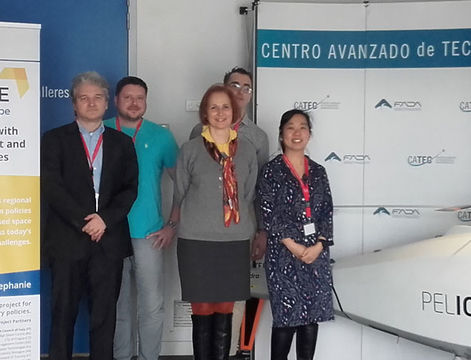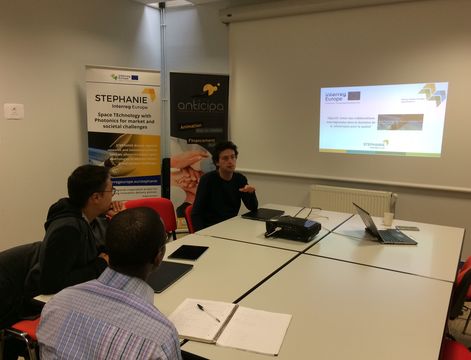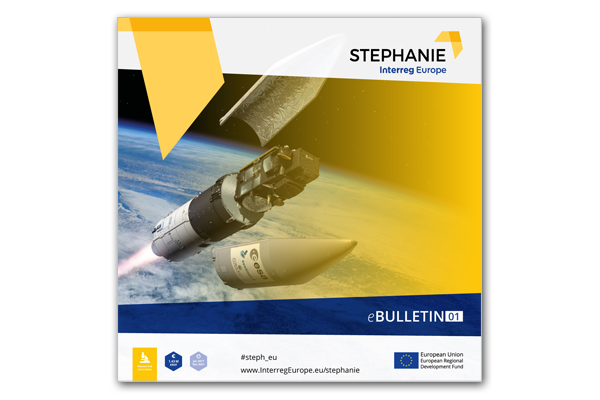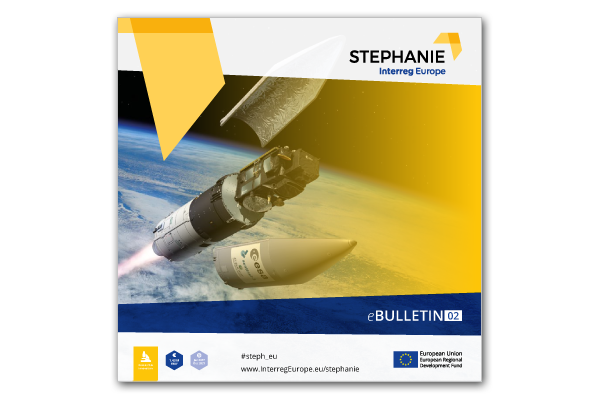In the Brittany Region – which activities were addressed to improve policy to foster innovation in Space TEchnology based Photonics for market and societal challenges? What is the objective of your action plan?
The objective of the action plan is to initiate interregional projects by bringing Brittany’s partners and local ERDF funds into calls running currently in Wallonia. This was made possible by working in conjunction with the partner University of Liège - Liège Space Centre (CSL) during the meetings along the Stephanie project.
This type of cooperation was particularly demanded by companies of the local photonics industry which were eager to participate to European projects using a very easy process. Very good complementarities were also identified between the Brittany and Walloon ecosystems during a study visit organised in Liège in the framework of the Stephanie project with 6 companies from Brittany travelling to Wallonia at this occasion.
We first discussed with both regional authorities and convinced them to work together by co-funding bi-regional collaborative projects. We took the opportunities to have the possibility to have non-funded partners in an existing Walloon call. The Brittany region accepted to fund partners from Brittany in such calls with local ERDF funding and complement the funding with a regional program. The Brittany managing authority agreed to fund up to 500k€ for the partners from the region.
The Walloon government then launched its regular call which was as usual advertised and managed by the Skywin cluster but with a specific flavour as partners from Brittany were particularly welcome due to the partnership which was sealed between the Wallonia and the Brittany regions.
Now, one year after the beginning of the implementation-phase – what effects could already be achieved? Which actions are already addressed or implemented to stimulate policy changes?
An online webinar was organised the 30th of June 2020 with interested parties from both regions in order to initiate matchmaking and topics of collaboration. It was a real success with more than 15 participants from different companies/research centres from both regions. After presentations of pitches, some more detailed discussion between sub-groups was organised. This led to the emergence of a project proposal which was submitted to the Walloon/Brittany regions. The aim of the project proposal is to build a new type of sensor which will measure temperature and strain on satellites, planes and boats. The total budget of the submitted project is close do 2M€ and the public funding from the Brittany region is planned to be almost 500k€. The project propopsal includes also some non-funded stakeholders from both regions which will work closely with the consortium to follow the project and give/update end-users specifications along the project.
What is your plan for the future? Which actions and success factors will be addressed next to gain further policy improvements?
This proposal has so far successfully passed different evaluation steps and have some good chance to be granted during the first semester of 2021. For the first time, the Brittany region has agreed to co-fund bi-regional projects submitted to a call originally funded by the Walloon region. We also hope this "prototype" project will be the first example of a long list of interregional collaborations in the following years. In particular, we could foster the implementation of more projects between other partners of the Stephanie projects and beyond if we had some more time or an opportunity to do so in a following interreg project.
How do you estimate the long-term effects for your region?
The long term effect will be mostly on the business generated which will have an impact on job creation in companies from Brittany due to the technologies developed with the walloon partners during the project. Both regional ecosystems will also have the chance to know each other better and gain trust to set up different collaborations on other topics in the following years.
